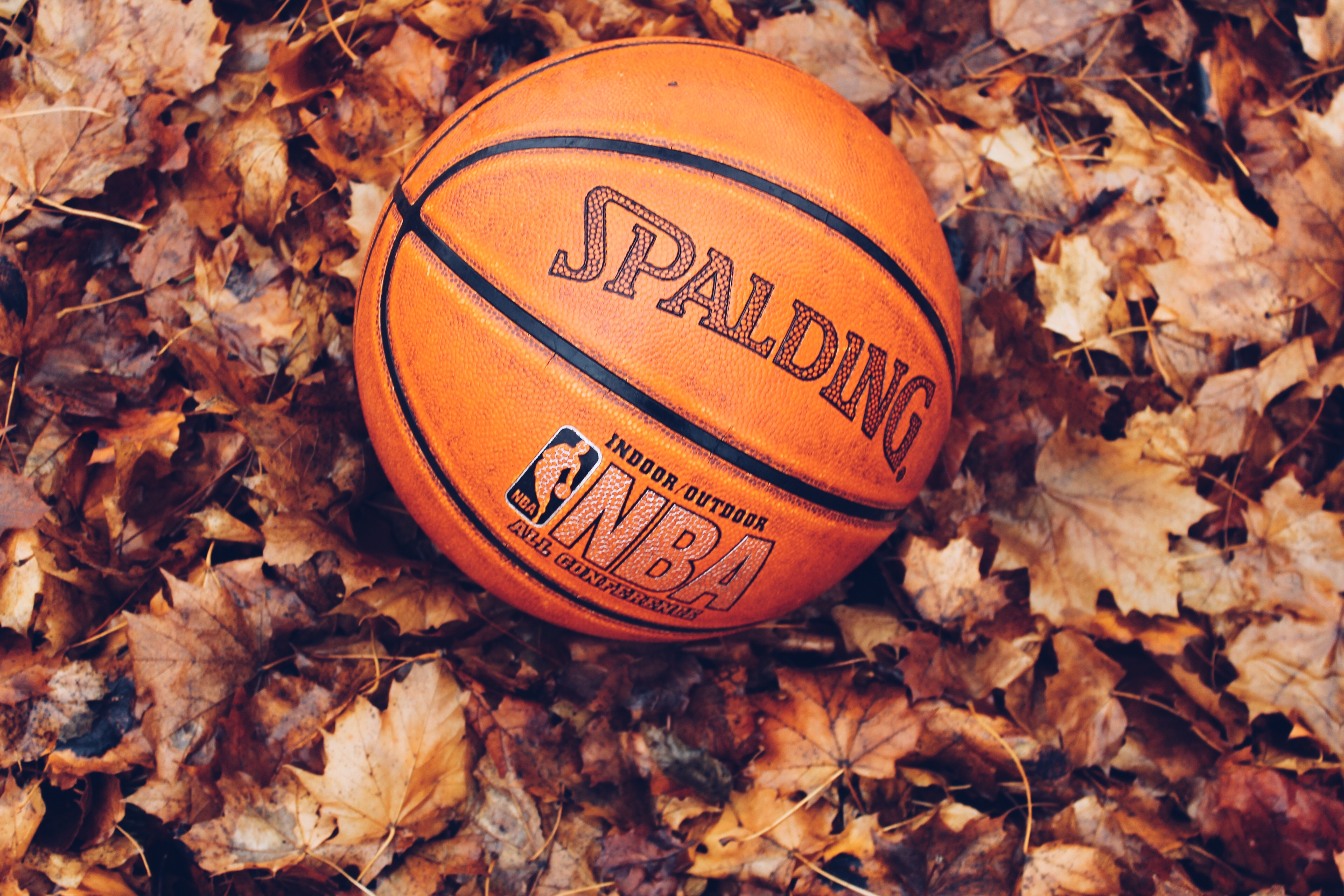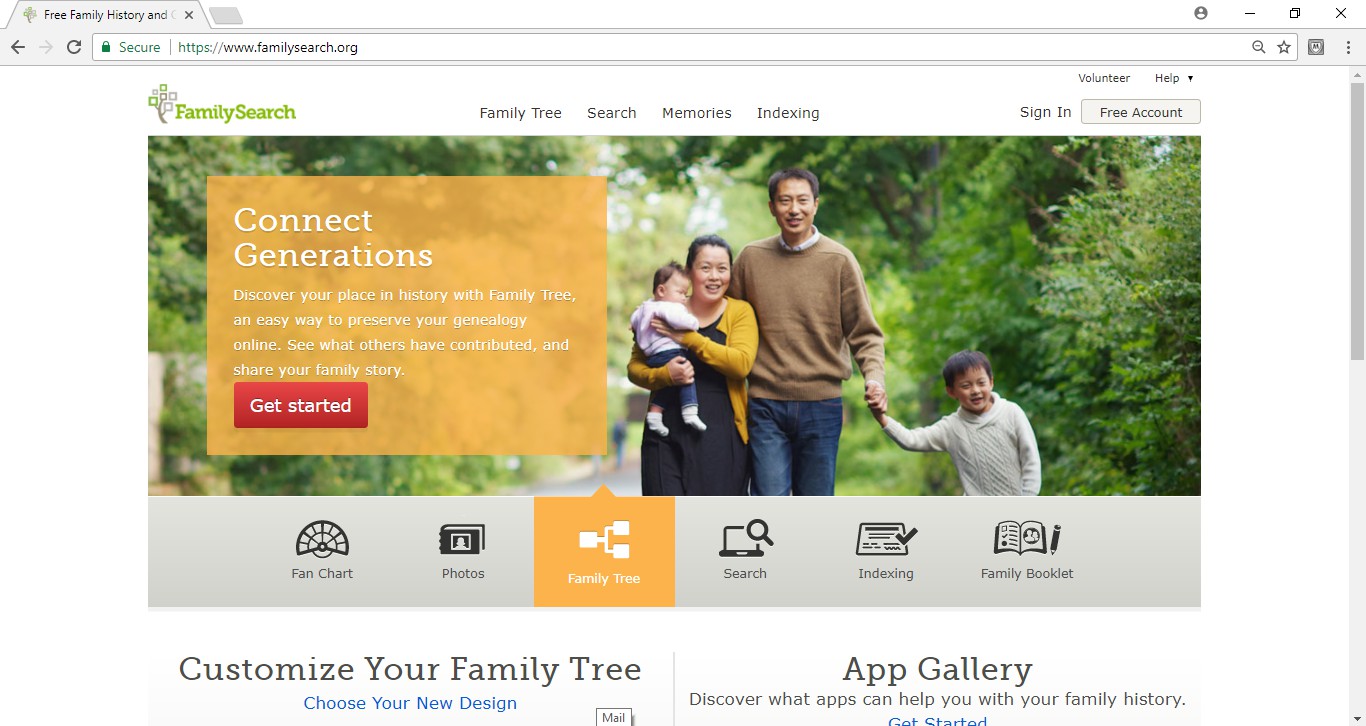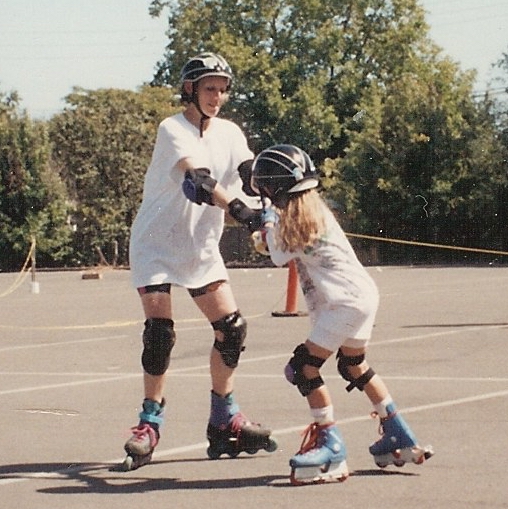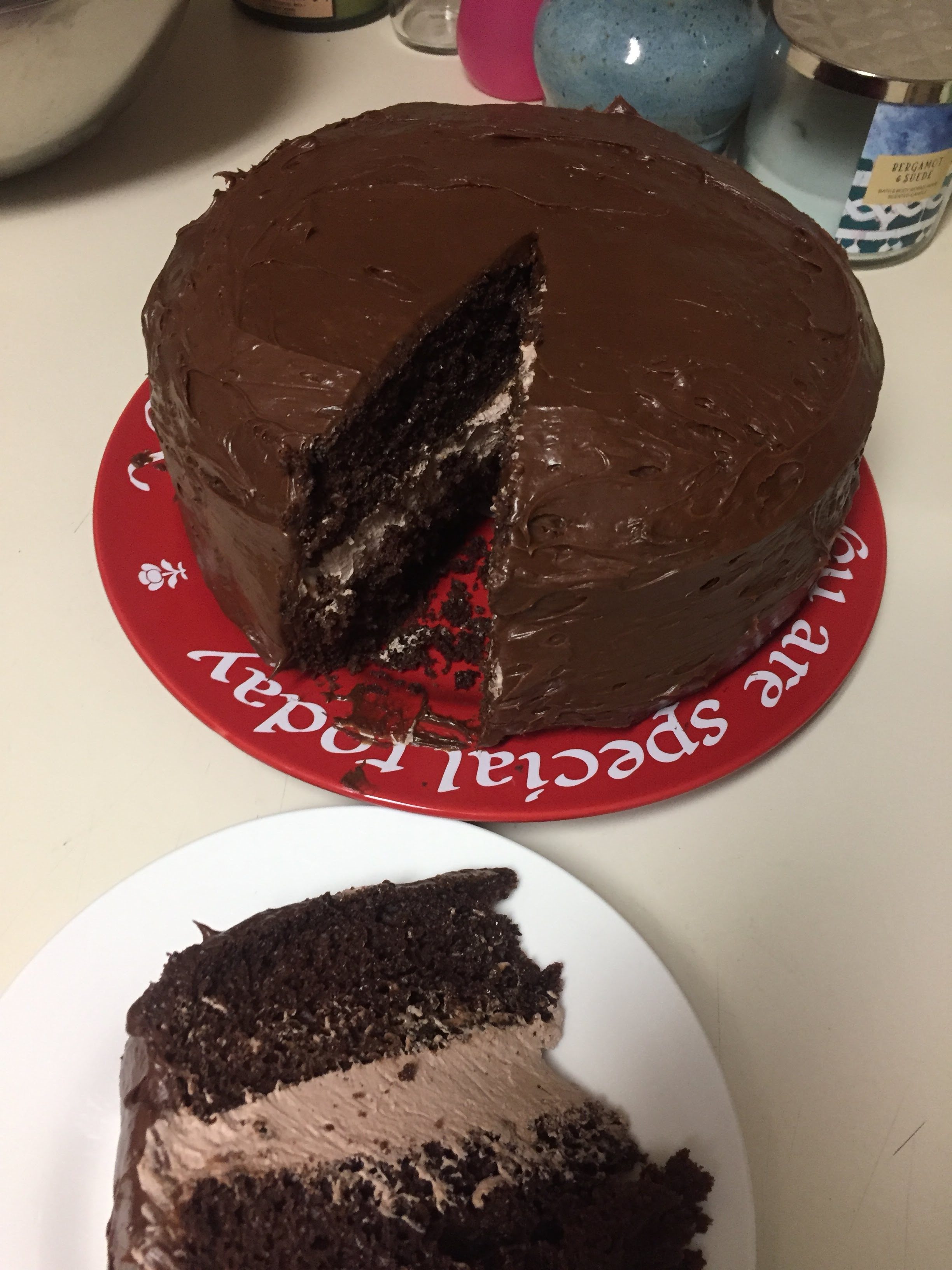Emergency Preparedness: Why it’s Important, and How to Begin Assembling Your Own 72-Hour Kit
While I was in Brazil serving an LDS mission, I spent four and a half months in an area called Manaíra. In this city, there was a slum built right along the bank of a river. Toward the end of my time there, the area got a lot of rainfall, as is common in Brazil, and the river flooded its banks. Dozens of homes, if not more, were filled up to waist-level with water from the dirty river. Although such extreme flooding was fairly rare, it was common enough that the community was not surprised by it. I, however, was horrified at the conditions; I wondered why people still lived there when they knew there was a risk of disasters like this flood. But sadly, many of those people had lived there all their lives and were without means to move. They simply had to find friends or relatives nearby with whom they could stay for a couple of days until things cleared up, and then move back in. I remember feeling sorry that there wasn’t much I could do to help at the time. It was only a few days ago when I had a conversation about emergency preparedness that I realized how much of a difference a 72-hour kit could have made for the people I knew in Brazil—and not only them, but how much of a difference it can make for me even now.
A 72-hour kit is a portable supply of things you’ll need to survive for three days in an emergency, including items such as food, water, medical supplies, clothes, etc. Members of the LDS church are generally familiar with the idea of emergency preparedness, since for decades church leaders have been counseling members to prepare their families in case of emergency, but it may be a topic a little less well-known outside the Mormon bubble. So why is having a 72-hour kit important or applicable for all people? No matter where you live, you never know when disaster will strike—floods, blizzards, hurricanes, fires, power outages, I guarantee there’s some disaster that could reach you. A 72-hour kit could be useful even if you’re a poor college student like me and there’s a time when you’re out of groceries between paychecks. It happens. It’s a good idea to have a bigger food storage saved in case of a long-lasting emergency as well, but if you’re a young college student like me who’s constantly moving from one small apartment to another, carrying around a couple hundred pounds of food isn’t exactly feasible—for moving, or for my budget. But a 72-hour kit is practical, and doable, for anyone to get a start on food storage, and to be just a little more prepared.
In the quick search I did, I found these to be the basic essentials you should get first to start your kit:
–Water: The recommended amount of water to have stored is 1 gallon per person per day—but, keep in mind that a 72-hour kit is meant to be portable. You may need to pack less water than the recommended amount, and have some extra handy just in case.
–Food: Granola bars, tuna, beef jerky, trail mix, crackers, instant oatmeal, peanut butter, dried fruit, canned foods, etc.—just make sure there’s enough non-perishable food for a 3-day supply, along with dishes and utensils, and anything you might need for preparation. (Don’t forget the can opener!)
–Hygiene Supplies: Toothbrush, toothpaste, soap, dish soap, hand sanitizer, etc.
–Medical Supplies: Basically a first aid kit, along with any medications you may be taking.
–Other Equipment: Flashlight (and batteries), pocket knife, matches/lighter, candles, blankets, etc.
These are just some basics to help start the process. I found a lot of useful information and more detailed lists at the following sites:
http://maintainingmotherhood.com/adult-72-hour-kit/
https://www.sixsistersstuff.com/emergency-survival-72-hour-kits/
https://www.thoughtco.com/72-hour-kit-for-emergency-preparedness-2159406
(Pinterest also has tons of great suggestions, and, as always, Google has some great tips to offer as well!)
It’s important to remember, the purpose of a 72-hour kit is to have it ready for an emergency—so keep it in something portable, like a backpack, and somewhere you can get to it quickly.
You don’t have to buy all the items for your kit at once. I wouldn’t even recommend it, unless you happen to have a bunch of money saved up to spend on your emergency preparedness; like all good things, your 72-hour kit comes little by little. Personally, my goal right now is to buy 1–2 items a week to build my 72-hour kit. Even if you’re tight on money, all it takes is an extra box of crackers or can of food once a week to start, and you’ll be prepared in no time!
Let us know in the comments what your best tips are for compiling a 72-hour kit, and good luck assembling your own!
BY NATASHA ANDERSEN







